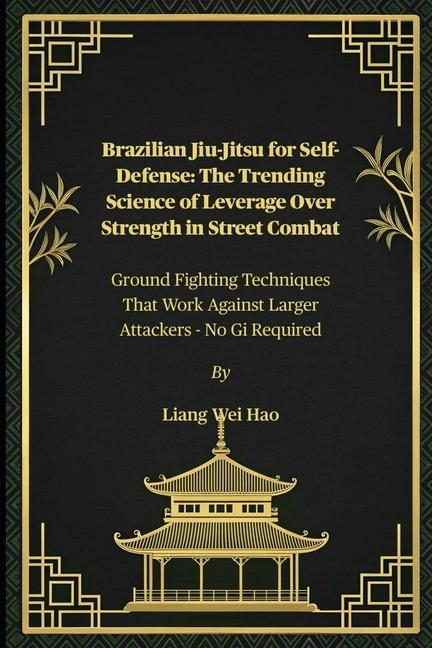Description
This book explores how Brazilian Jiu-Jitsu gives smaller, weaker individuals the tools to defend themselves against larger attackers through leverage and technique rather than brute strength. Tracing the art's evolution from street-tested self-defense system to worldwide phenomenon, it breaks down the core principles that make BJJ effective in real fights, while warning against modern sport techniques that don't translate well to actual confrontations. Each chapter provides practical insights into surviving common violent encounters, from escaping bad positions to defending against weapons and multiple attackers, all backed by real-world examples from law enforcement, military applications, and documented self-defense cases.
The content goes beyond techniques to examine the psychological transformation that occurs through proper training - how regular practice against fully resisting opponents builds the calmness and decision-making ability needed in high-stress situations. It contrasts the art's original self-defense purpose with its modern sporting variations, helping readers distinguish between competition-effective moves and street-reliable skills. With straightforward language and no-nonsense analysis, this guide offers a reality-based approach to personal protection, emphasizing the timeless principles that have made this martial art indispensable for police, military personnel, and civilians seeking authentic self-defense capabilities.
Product Details
- Jun 29, 2025 Pub Date:
- 9798290107882 ISBN-10:
- 9798290107882 ISBN-13:
- English Language




